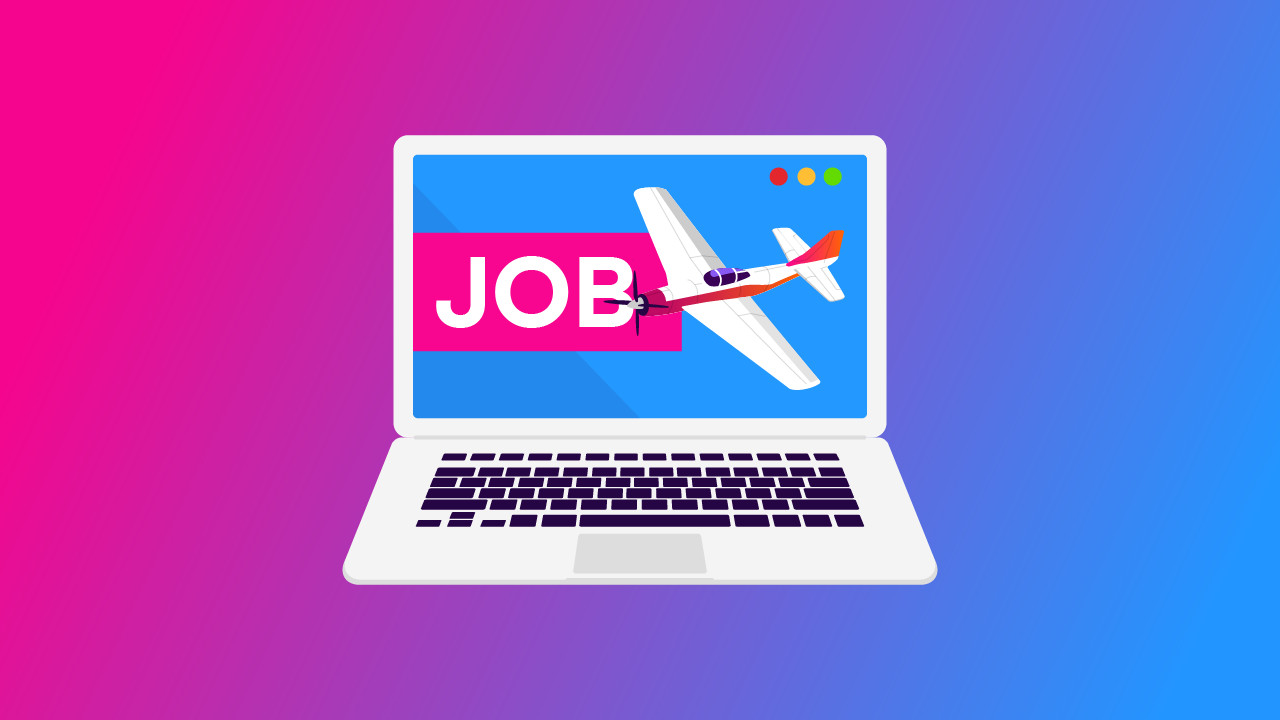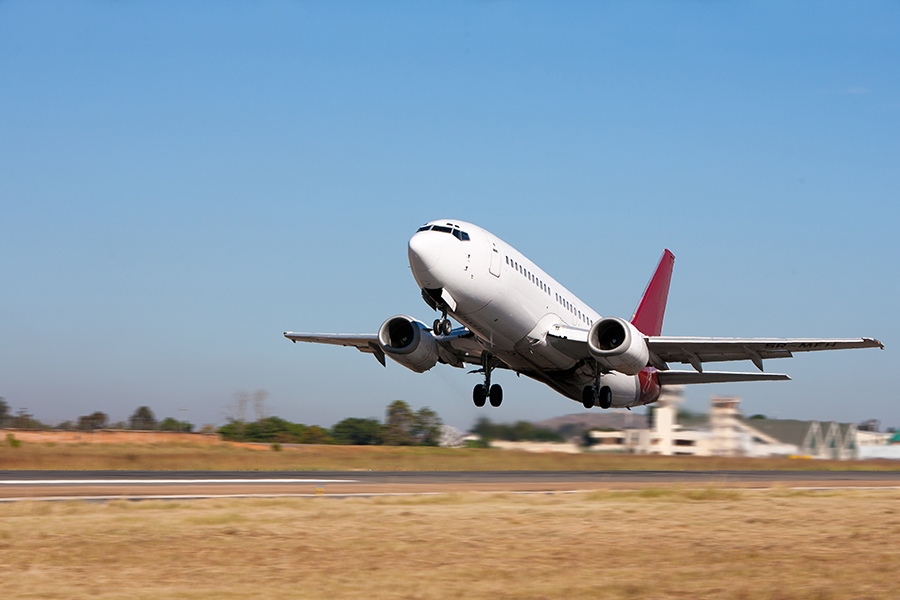-
Key Takeaways
-
Certified Flight Instructor (CFI)
-
Banner Towing and Glider Towing Pilot
-
Skydive Jump Pilot
-
Aircraft Ferry Pilot
-
Aerial Tour Pilot
-
Traffic Watch Pilot
-
Pipeline and Powerline Patrol Pilot
-
Aerial Surveying and Mapping
-
Aerial Photography
-
Part 135 Charter Pilot
-
Air Cargo Operations
-
Your Chances of Getting a Job
-
Conclusion
A lot of pilots think that once they get their Commercial Pilot’s License (CPL), they’ll immediately land a flying job.
After all, you can legally be paid to fly, right?
Unfortunately, it’s not that easy. Most jobs require an ATPL or a lot more hours, and even instructing takes extra qualifications.
But even so, there are still jobs you can get with a CPL, like crop dusting, pipeline patrol, banner towing, air charter, and aerial photography. There are more opportunities than you might think for low-time pilots.
Let’s check out some options.
Key Takeaways
- CFI, banner towing, and skydiving jobs help build hours, though pay and availability differ.
- Aerial surveying and pipeline patrol offer stable work, using both drones and airplanes.
- Part 135 charter and air cargo jobs provide varied flying but often require more hours.
- Ferry pilot jobs offer short-term opportunities, usually for more experienced pilots.
Certified Flight Instructor (CFI)

Becoming a CFI is one of the best ways to earn a living and build hours toward an airline career.
Although you need to invest in a CFI qualification, it’s a well-paid job, and flight instructors are always in demand.
You can get reliable, full-time work and build hours quickly. Many CFIs enjoy teaching and find it rewarding, as they help train the next generation of pilots.
Be aware that the qualification process isn’t easy. It requires a lot of ground school, which can be expensive. Plus, you need to enjoy working with students and be a “people person.” So, think carefully before committing to this path.
- Pay: $20-$45 per hour, depending on location and experience.
Banner Towing and Glider Towing Pilot
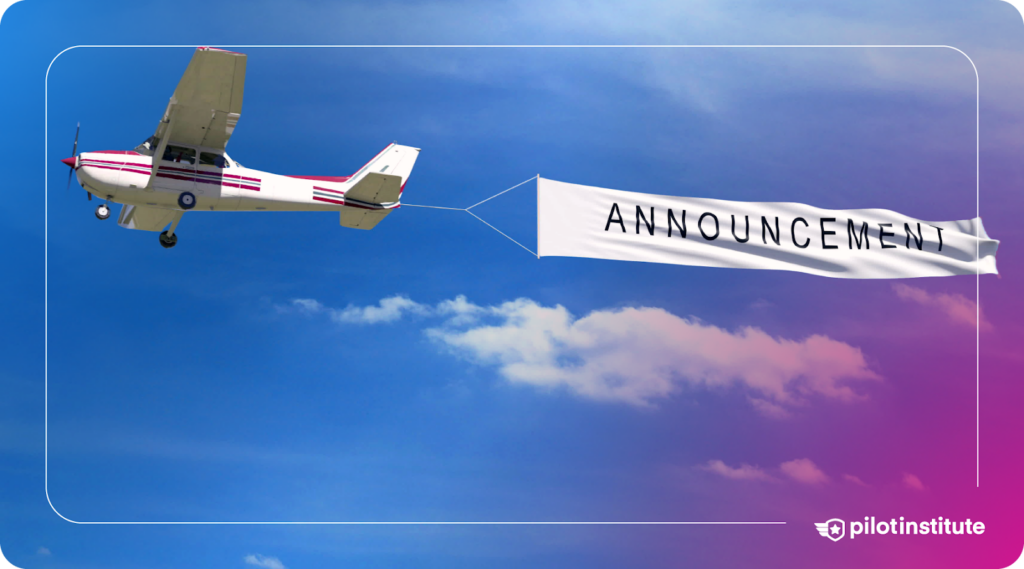
While glider towing can sometimes be done with a PPL, it’s not a high-paying or common job. Banner towing airplanes is a more common job. Banner towing aircraft are usually single-engine and have hooks to pick up and release banners.
It takes skill to pick up and drop off the banner during the flight. The goal is for people on the ground to see the advertising, so airplanes fly at a slower speed. This job can help build flying experience and make money, but it doesn’t offer high pay, consistent hours, or year-round employment.
Some pilots do this along with other jobs like teaching or scenic flights. It can be competitive, but good for those who like flying low and slow.
- Pay: $25-$55 per hour.
Skydive Jump Pilot

Skydiving is a good job for low-time pilots, especially during the busy seasons.
Having skydiving experience helps, but it’s not required. Pilots are typically paid per load, and you can build hours quickly during peak seasons.
Multi-engine time might be useful depending on the aircraft, and while the pay isn’t high per load, busy centers can run multiple loads an hour.
- Pay: $15-$20 per load.
Aircraft Ferry Pilot
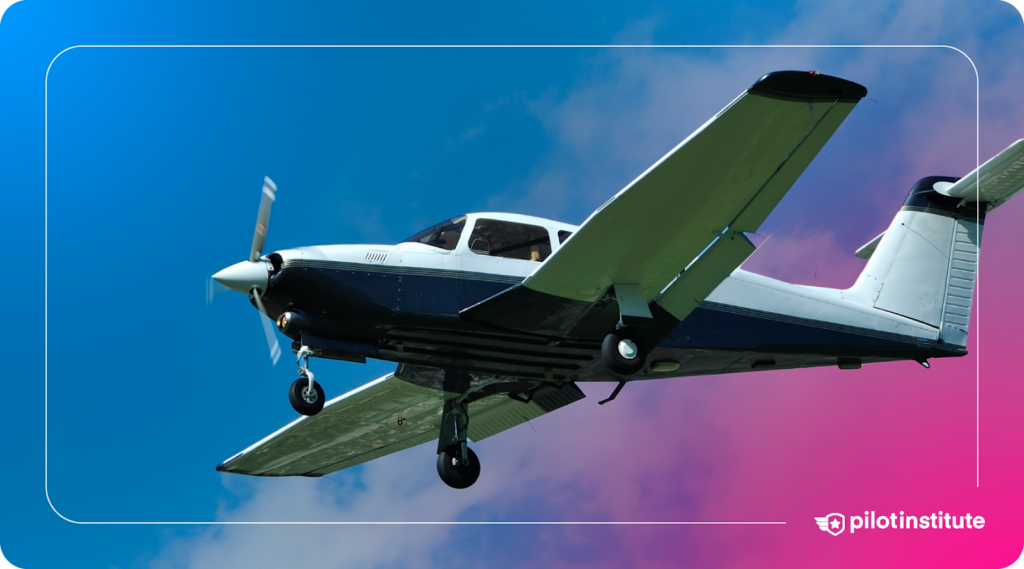
Ferry pilots move airplanes or helicopters for owners or operators. This is done when the owner is inexperienced with that specific aircraft.
If you are eager to do this line of work, keep in mind that most ferry jobs require a lot more experience. They also involve challenging conditions, like remote areas or large water crossings.
Ferry jobs are often short-term and difficult to find, but they can offer a great learning experience for those who land one.
- Pay: Per job, varies based on the aircraft and route.
Aerial Tour Pilot
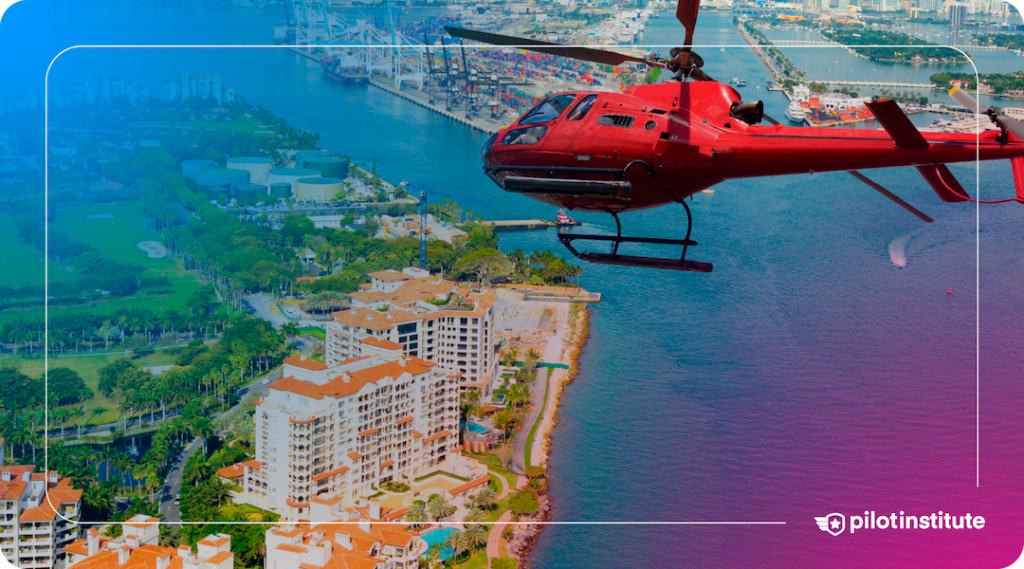
Aerial tour pilots fly sightseeing passengers over scenic locations. This job is usually seasonal, with pay depending on the region and aircraft type. There’s usually more work for helicopter pilots in this field than for single-engine airplane pilots.
Look for opportunities around beaches or scenic spots like the Grand Canyon. Although competition can be tough, the jobs do exist and can provide steady work during the season.
- Pay: $25-$60 per hour, depending on location and demand.
Traffic Watch Pilot

While there are still jobs for manned aircraft in traffic monitoring, drones are becoming more popular due to their lower cost.
Because of drones, there might be less demand for traditional traffic watch pilots. On the flip side, it creates new opportunities for drone operators. Pilots with UAV certifications will be more likely to find work.
Drone operations won’t build your flight hours, but it will give you work that you can use towards renting time in an aircraft to build hours.
- Pay: Depends on whether you’re flying manned aircraft or UAVs.
Pipeline and Powerline Patrol Pilot
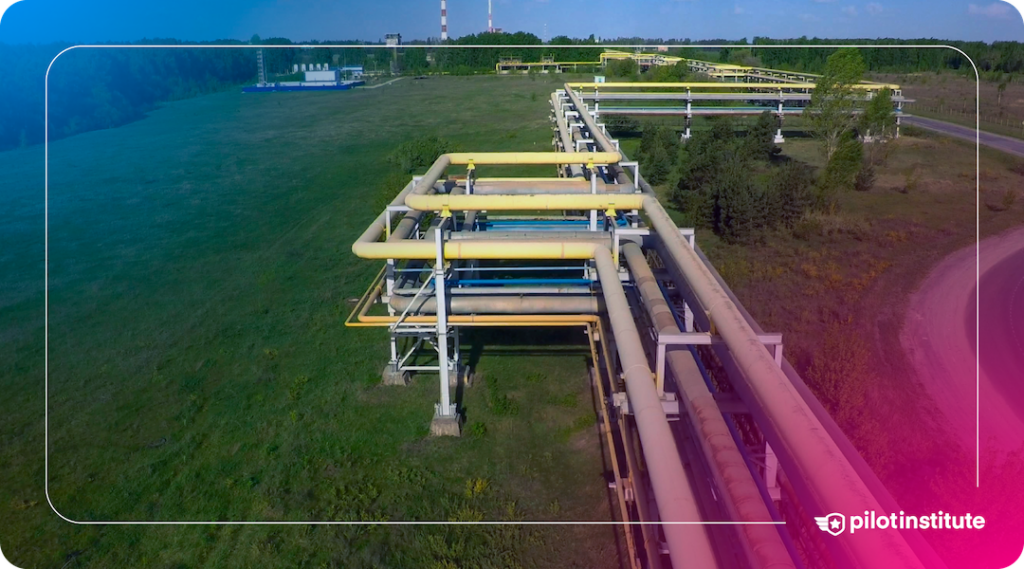
Pipeline and powerline patrol pilots fly at low altitudes, inspecting infrastructure for damage or issues.
These jobs are typically offered by contractors rather than the energy companies themselves, and the work can be full-time, allowing pilots to build hours quickly.
The pay can vary based on the distance covered, but it can be a reliable way to gain flight experience under your belt.
- Pay: $23-$50 per hour, with a median rate of $40 per hour.
Aerial Surveying and Mapping

Aerial surveying is still commonly done with both airplanes and drones, depending on the project’s scale and requirements. Aerial survey pilots collect data using cameras or sensors mounted on aircraft.
These jobs can lead to long flights and steady work, and some positions can turn into full-time careers. Computer or technical skills are helpful in this field, especially with specialized equipment.
- Pay: $40 per hour on average, with some salaried positions available.
Aerial Photography
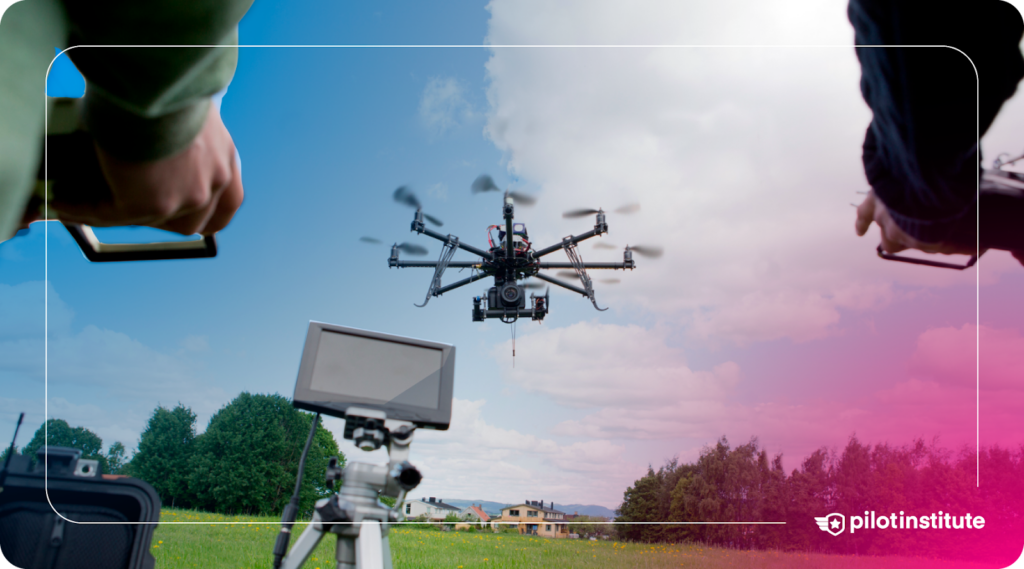
Previously, pilots flew professional photographers around or took photos themselves. Nowadays, most aerial photography is done with drones.
If you’re interested in this field, you can obtain a Part 107 certification and work as a drone pilot. Although it doesn’t build flight hours, it’s a way to earn money that can go toward renting aircraft to build time.
- Pay: $25-$60 per hour, depending on the job’s complexity.
Part 135 Charter Pilot
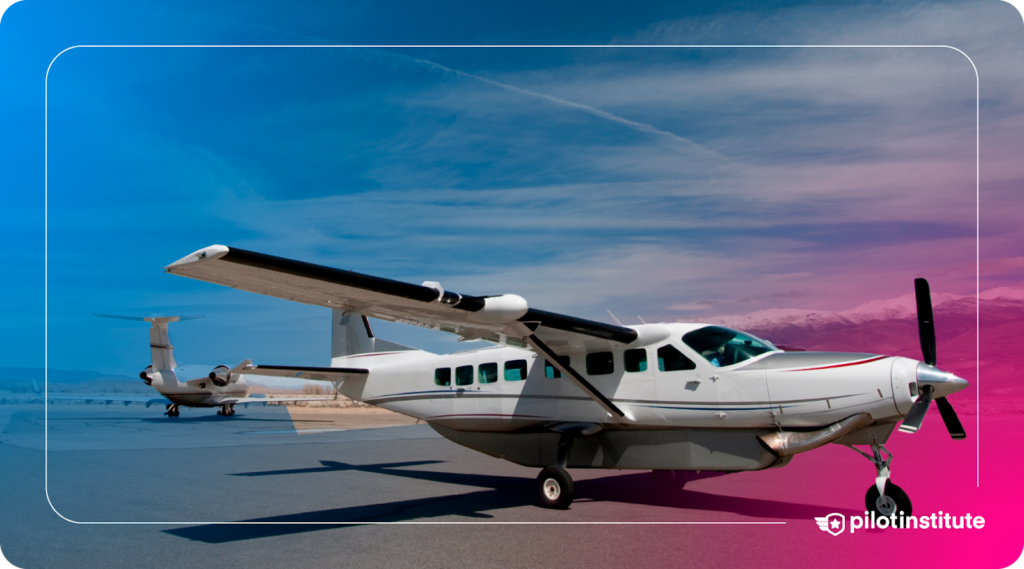
Becoming a Part 135 charter pilot is another solid way to build time and earn money. This job involves a wide variety of tasks, from medical evacuations to private charters.
Some companies hire low-time pilots with a multi-engine rating, but most will require closer to 1,200 hours, even if FAA minimums are 500 hours for certain operations.
- Pay: $40,000-$70,000+ annually, depending on the type of flying and location.
Air Cargo Operations
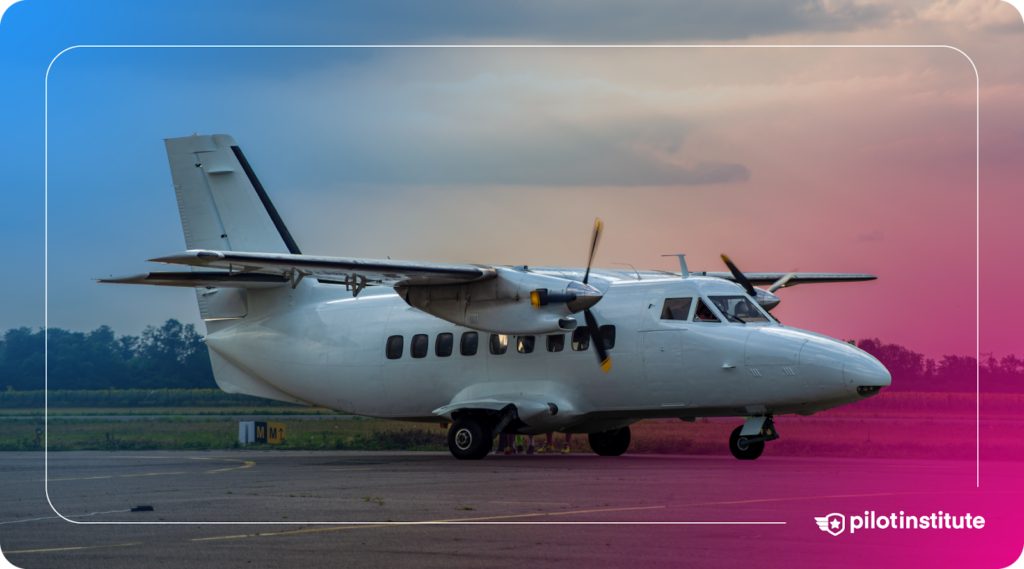
Air cargo is another option for low-time pilots, this usually involves smaller aircraft for regional routes. These jobs provide steady flight schedules and help pilots accumulate hours quickly.
Some companies may hire pilots with as few as 250-300 hours, though more experience opens up better opportunities and pay.
- Pay: $40,000-$60,000+ annually, with increases as you gain experience and fly larger aircraft
Your Chances of Getting a Job
It can be hard to land your first job after earning your CPL, especially if you’re a low-time pilot. Traditionally, the narrative was that there were too many pilots and not enough jobs. And yes, that might have been true in the past, but things are a bit different now.
Recently, major airlines have slowed down their hiring. Regional airlines are still actively looking for new pilots, especially first officers and captains.
The hiring boom we saw in 2022 and 2023 has cooled off for the big players like Delta and American. While the big players are sitting out, regional airlines are catching up after losing a lot of their pilots to those major carriers.
So, there are still opportunities for low-time pilots, especially in regional airlines, and even better, many of these airlines are offering bonuses to attract new talent.
The jobs you might be looking at such as flight instructing or banner towing still have the same 500-hour requirements. Don’t let the hour requirements hold you back from applying.
Sometimes those hours are just a preference, and companies are willing to be flexible if they see you’re eager and capable. It’s always worth a shot to apply and show them you’re keen!
Conclusion
Jobs for a low-time pilot outside of being a CFI are more scarce but do exist. Once you have your commercial certificate, and instructor rating, put together a brief resume. Put on it your total flight time, ratings, types of aircraft flown, and any other relevant aviation experience.
Then leave a resume at any airport where you would consider working, and check back regularly. Meanwhile, scan ads anywhere and everywhere, and apply for anything that might be suitable.
Just stick to it, and be persistent. With the aviation industry in constant demand for new pilots, opportunities will continue to pop up.
Stay proactive, and update your resume regularly. Don’t be afraid to apply to any suitable positions, even if you don’t meet the exact hours requirement.
So good luck!
